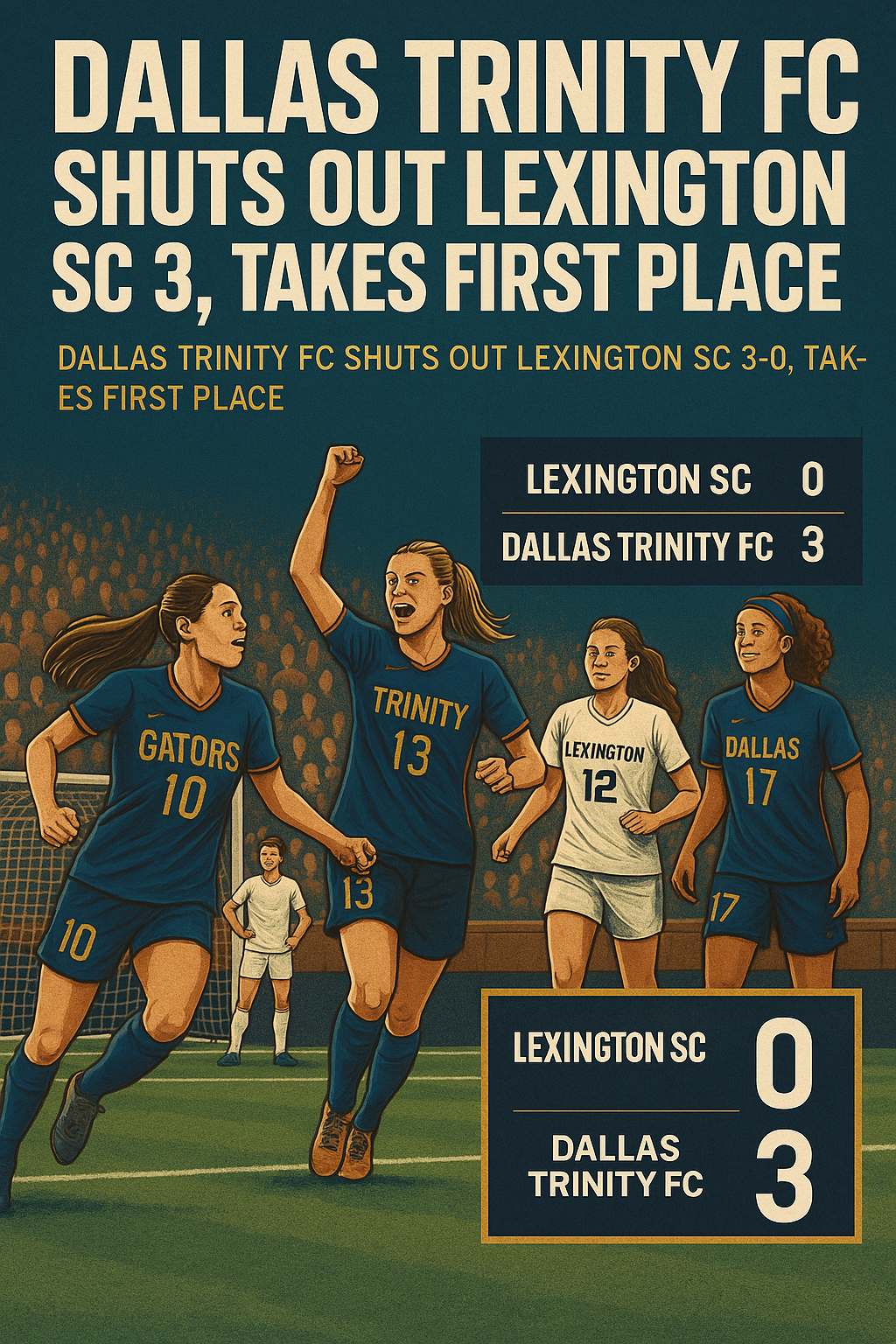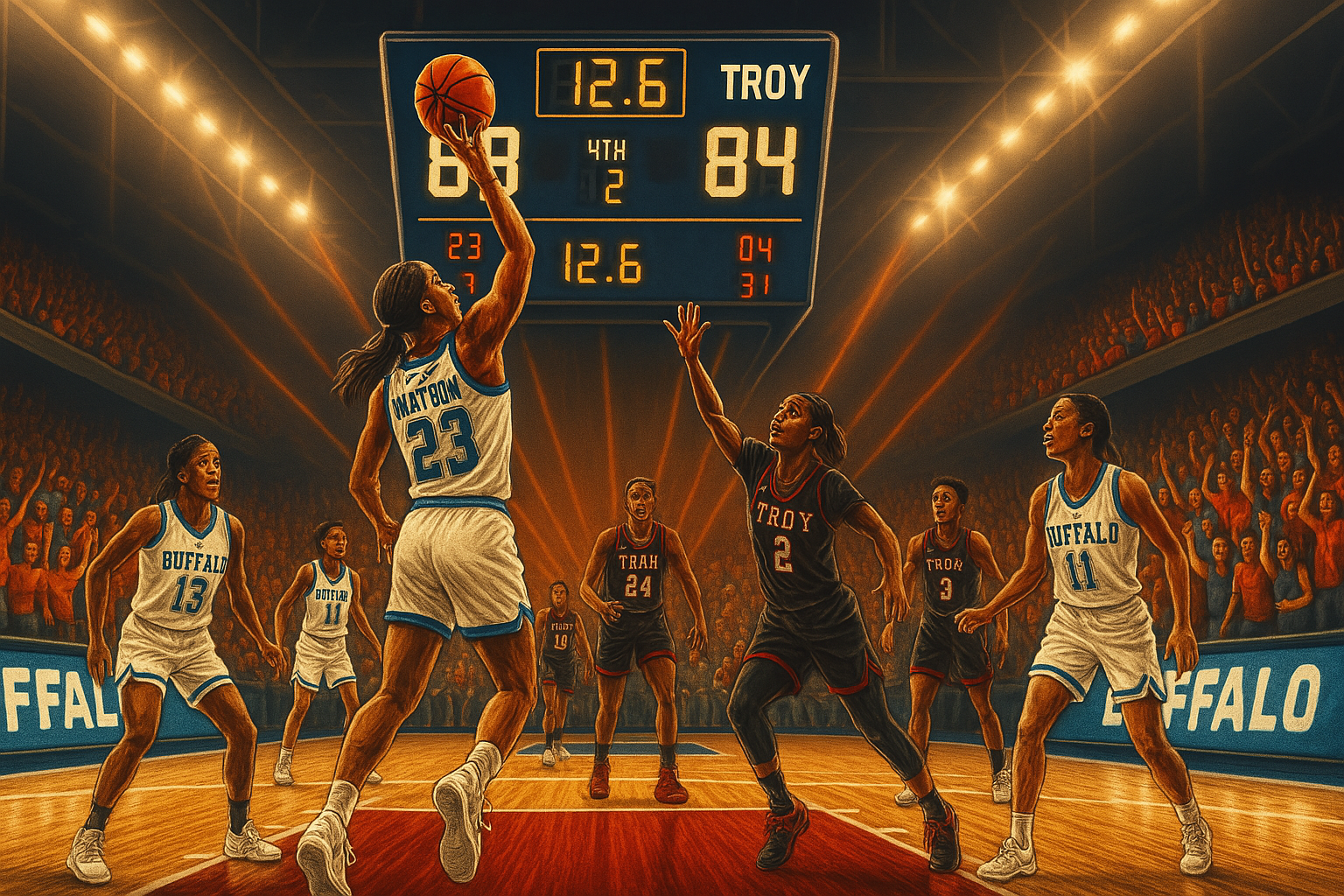NCAA Shortens Transfer Windows Amid Ongoing Player Movement Issues
The NCAA’s Division I Council has voted to shorten the transfer portal windows for football and basketball, reducing the time frame for players to enter the portal from 45 to 30 days. This change, announced in early October 2024, aims to bring more stability to team rosters as the transfer portal continues to influence the landscape of college sports. While the move seeks to address concerns about player movement, it highlights ongoing issues, particularly with players sitting out the season to preserve eligibility by exploiting the redshirt rule.
Exploiting the Redshirt Rule
Players across the country are increasingly using the NCAA’s redshirt rule, which allows them to preserve a year of eligibility if they play in no more than four games in a season. This rule, originally intended to protect players from losing eligibility due to injuries or developmental needs, has now become a loophole. Players dissatisfied with their playing time, disappointed by NIL (Name, Image, and Likeness) deals, or simply unhappy with their program are opting out of the season, walking away from their teams mid-year while preserving their eligibility.
In recent years, this trend has gained momentum, with high-profile athletes choosing to sit out after four games to enter the transfer portal. The redshirt rule has provided them with a way to protect their eligibility while exploring new opportunities through the transfer system. This loophole has left coaches and programs scrambling, with some questioning the long-term impact on team cohesion and the development of college athletes.
NIL Deals and Player Movement
One of the driving forces behind this surge in player transfers is the NIL landscape. College athletes are now able to monetize their name, image, and likeness, but many players have found that NIL deals are not always as lucrative as promised. Disappointed by unfulfilled agreements or unsatisfactory financial arrangements, some players are choosing to sit out the season and transfer in search of better opportunities elsewhere.
While NIL deals offer athletes financial freedom, they have also contributed to instability within teams. With players focused on short-term financial gains, many are making decisions based on the promise of better deals rather than long-term development or team loyalty.
Impact on Programs and Teammates
For coaches and teammates, the decision by players to leave mid-season can feel like a betrayal. Coaches invest significant time and resources in developing their players, only to see them leave at a critical point in the season. Programs are left trying to fill roster gaps, often with no immediate replacement available. This not only affects team chemistry but also creates uncertainty for the rest of the roster, with players unsure of what the future holds for their team.
Additionally, players who leave their team mid-season often do so under the guidance of agents or street agents, who may not always have their best interests at heart. These agents push players to leave in search of better deals or more playing time without fully considering the long-term consequences of walking away from their current program. As a result, players are often left in limbo, searching for new opportunities that may not materialize as promised.
Shortening Transfer Windows
The NCAA’s recent decision to shorten the transfer windows in an attempt to bring more stability to college sports comes in response to concerns raised by coaches and administrators. Under the new rules, players in football and basketball will have a 30-day window to enter the transfer portal, down from the previous 45-day window. The winter transfer window for football will now be from December 9 through December 28, while the spring window will last from April 16 to April 25.
This move aims to reduce the amount of time players spend considering their transfer options and provide more clarity for teams and coaching staffs as they prepare for the next season. However, despite these changes, the redshirt rule remains in place, allowing players to opt out mid-season if they have played in fewer than four games.
Long-Term Consequences for Players
While the redshirt rule may offer immediate benefits for players looking to transfer, there are potential long-term consequences that could affect their careers. College coaches are becoming increasingly wary of taking on players who have left their previous teams mid-season, fearing that they may repeat the behavior if things don’t go their way in the future. This raises concerns about a player’s loyalty and ability to handle adversity.
NFL scouts are also likely to take note of these trends. A player who leaves a program due to dissatisfaction with playing time or NIL deals may be viewed as a risk when it comes to contract negotiations or tough competition at the professional level. NFL teams value players who can persevere through challenges, and walking away from a college team could raise red flags for scouts evaluating a player’s character.
Moreover, the decision to transfer mid-season can disrupt a player’s academic progress, making it more difficult to stay on track for graduation. For athletes who don’t make it to the NFL, the ability to graduate and pursue a career outside of football is crucial, and mid-season transfers can jeopardize that outcome.
The Future of College Sports
As the NCAA continues to adapt to the evolving landscape of college sports, it is clear that more needs to be done to regulate player movement and ensure that athletes are making decisions that benefit their long-term careers. While the shortening of the transfer window is a step in the right direction, additional regulations may be necessary to prevent players from exploiting the redshirt rule and walking out on their teams mid-season.
With more players taking advantage of the redshirt rule to preserve eligibility and explore transfer opportunities, the future of college sports could be shaped by a growing culture of player movement, leaving coaches and programs facing new challenges in maintaining team stability and developing long-term success.









